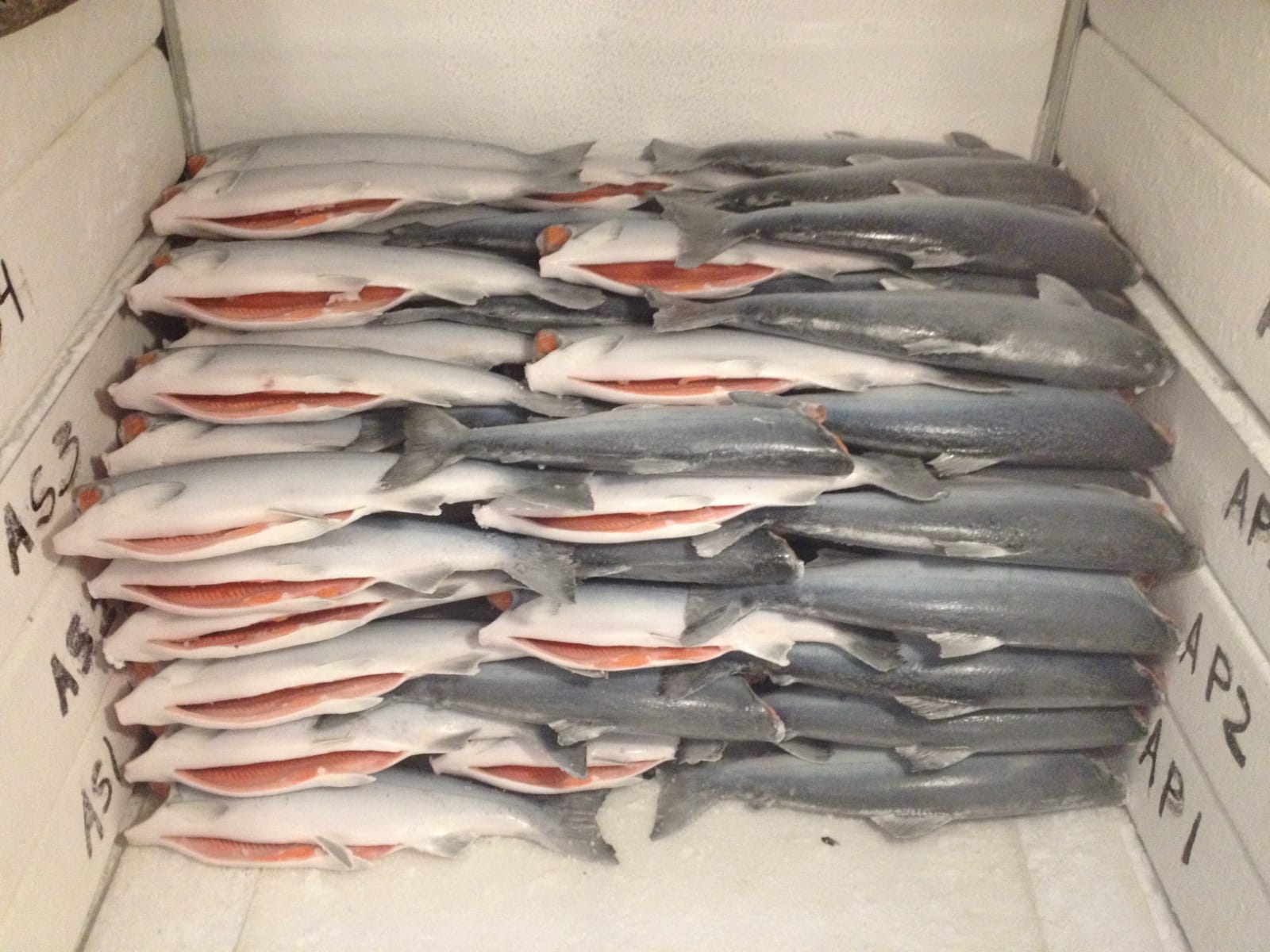Frozen at Sea Traceable Seafood: A Guide to Sustainable Seafood Practices

Seafood is a staple in many people's diets, providing a rich source of protein and nutrients. However, with increasing demand, the fishing industry has become more commercialized and has raised concerns about sustainable practices and traceability.
Frozen at sea seafood offers a solution to these concerns by ensuring that the seafood is caught and processed in a sustainable manner and can be traced back to its source. This blog will explore the benefits of frozen at sea traceable seafood and how it supports sustainable fishing practices.
Why frozen at sea seafood is important
Frozen at sea seafood is caught and immediately processed onboard the fishing vessels. This quick process helps to maintain the freshness and quality of the seafood, preserving its nutritional value. Additionally, frozen at sea seafood provides a longer shelf life, reducing waste and making it a convenient option for consumers.
Traceability in seafood
Traceability is the ability to track seafood from the point of catch to the point of sale. This helps to ensure that the seafood is caught legally and sustainably and provides consumers with information about the source of their food. With frozen at sea seafood, traceability is improved because the seafood is processed onboard the fishing vessels and the process is recorded, making it easier to trace the seafood back to its source.
Benefits of frozen at sea traceable seafood
Frozen at sea traceable seafood provides a number of benefits, including:
- Supports sustainable fishing practices - By ensuring that the seafood is caught legally and sustainably, frozen at sea traceable seafood supports responsible fishing practices and helps to protect the environment and marine life.
- Provides information about the source of seafood - With traceability, consumers can learn about the source of their seafood, including the type of fishing vessel, location of catch, and fishing method used.
- Assures quality and freshness - The quick processing of frozen at sea seafood helps to preserve its quality and freshness, ensuring that consumers receive a high-quality product.
- Reduces waste - With a longer shelf life, frozen at sea seafood reduces waste and makes it a convenient option for consumers.
In conclusion, frozen at sea traceable seafood offers a solution to the concerns about sustainable fishing practices and traceability in the seafood industry. By providing information about the source of seafood and supporting responsible fishing practices, frozen at sea traceable seafood helps to promote a sustainable and healthy seafood industry.


